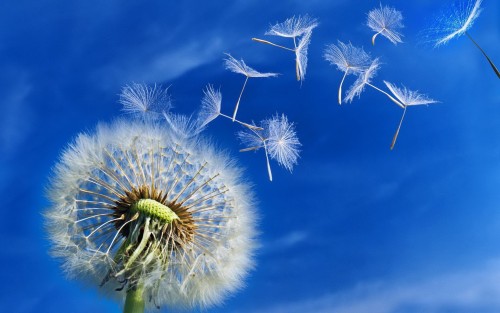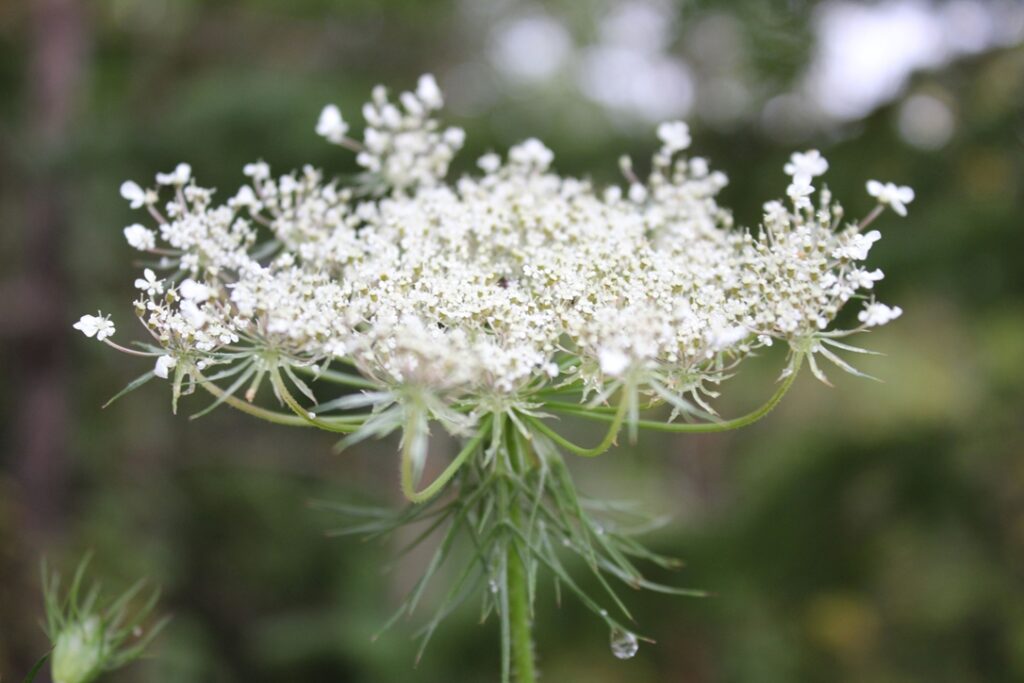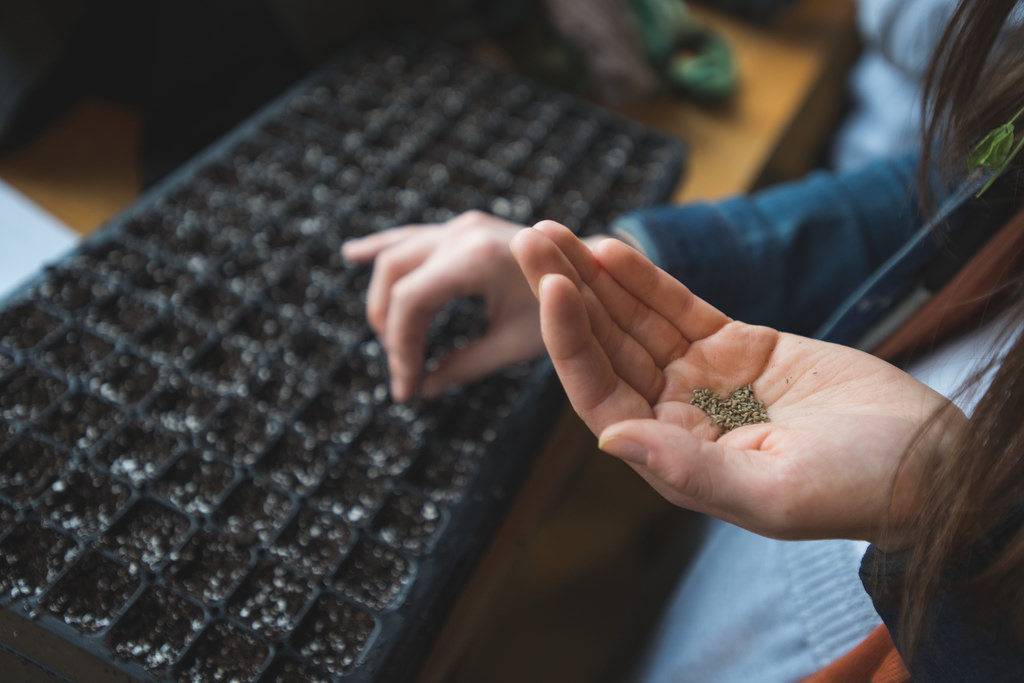
Yes, Dandelion is an edible ‘weed’. Steep the plant for a refreshing, detoxifying tea. Make an energizing breakfast smoothie. Add the leaves to salad greens for an impressive vitamin boost. Make a soothing cream soup, or boil the roots to create a supportive liver tonic. Any way you pull it, this misunderstood and unwelcome harbinger of spring packs a punch when it comes to overall health benefits.
Origin of the Dandelion
A flowering herbaceous perennial native to Europe and Asia and believed to have evolved roughly thirty million years ago, the dandelion (Taraxacum officinale) was introduced to North America by early colonists in the 1700s. Quickly acknowledged by the native people as a beneficial herb, the dandelion has been utilized since that time for both its medicinal and nutritional benefits. The Greek botanical taraxacum, meaning, “remedy for disorders” indicates that the dandelion has a long history as a beneficial plant, and the designation “officinale” refers to its value as a recognized medicinal herbal remedy. Common folklore names include Irish daisy, blowball, bitterwort, wild endive, and pissabed, the latter likely due to its diuretic properties.
The name “dandelion” is derived from the French “dent de lion” – the tooth of the lion, referring to the irregular, jagged tooth-like edges on the plant leaf. The dandelion leaves are basal (sprouting from the base of the plant) and grow 5 to 40 cm long. The longest blooming of any perennial, the round, bright yellow flower is comprised of hundreds of small florets to create one single flower head, which sits atop a hollow, leafless stem that can grow from 10 to 20 cm high. As the flower fades, the dandelion develops a round seed head, complete with white, feather-like tufts to carry the more than 200 seeds per head along with the wind to a new home. The fleshy taproot grows up to 45 cm deep into the ground, helping to aerate the soil and bring nutrients up to surrounding vegetation. Fast-growing, adaptable, and very hardy, the dandelion will sprout in any soil type, in full sun to part shade, in any hardiness zone except those with temperature extremes. Reproduction is by seed only.
Dandelion is Edible
The dandelion has more nutritional and medicinal uses than any other common garden weed, and the entire plant contributes to both. Nutritionally, dandelion greens are high in vitamins A, B, and C, protein, omega 3 fatty acids, and iron, and also contain potassium, calcium, magnesium, zinc, and fibre. Medicinally, the roots can be boiled and the broth used as a drink or tincture to aid in the cure of liver infections and kidney stones, and the juice taken from the stem and leaves can remove warts, reduce calluses and relieve sores. The plant, when eaten helps to cleanse and detoxify and has strong diuretic properties. The leaves, when cooked help to treat various skin conditions including acne and eczema, and the entire plant contains antioxidant properties and helps boost the immune system. Not a single part of the dandelion goes to waste.
With all this in mind, one cannot help but wonder why the dandelion is tops on the most loathed garden weed list, rather than valued for the truly beneficial herb that it is. Consumers travel to the store to pay for healthy greens that Mother Nature delivers, and millions take medications that could be replaced by dandelion roots, leaves, or stems.
So, maybe rethink the never-ending spring weeding rituals and harvest those dandelions instead of discarding them!





About The Author: Cheryl Losch
Cheryl was previously a Master Gardener and is now a Horticulturalist, Garden Experimenter, and Garden Writer's Association member residing in Middlesex County, Ontario.
More posts by Cheryl Losch